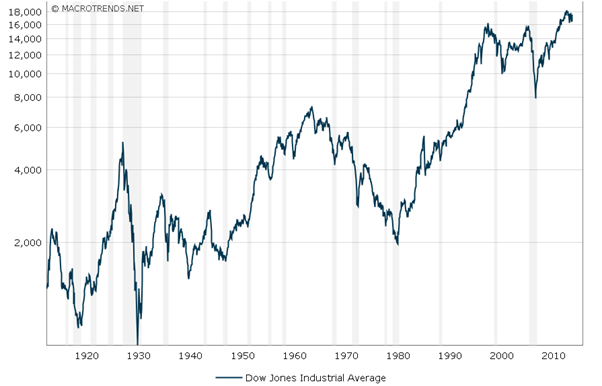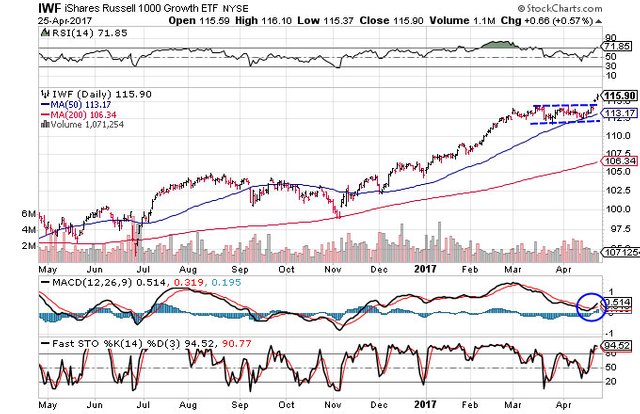Always Use Protection! Sell-Stops for Safe Investing
For most people, regardless of whether to offer a stock is the hardest choice in stock contributing.
It sounds basic at first: "Offer your washouts and let your victors run." Sure, clearly. However, how would you know which stocks are your future long haul victors and failures? More to the point, how would you differentiate at this moment between a stock that is just on a here and now losing streak instead of one which is bound to be a long haul washout?
Unmistakably, it's anything but difficult to list your champs and washouts starting at the present moment. Yet, that is not what this specific choice is about. This is about future occasions mysterious by definition. Regardless of whether your stock is falling in value, you don't need rashly to conclude that you committed an error getting it or that its prospects have switched from brilliant to diminish. It may not be a washout by any stretch of the imagination. It just may have hit a terrible fix. Your unique uplifting point of view toward the organization and its stock might be right, and the ideal choice might be to give the stock more opportunity to achieve its beneficial goal. A stock in a fleeting slow down can turn into a long haul victor.
Then again, we as a whole know Rule #1 of contributing: Don't lose. So you can hardly wait perpetually to settle on your choice when a stock's value continues falling.
Each Sensible Stock Investor needs to adopt a vital not unconventional strategy to settling on offer choices. You need to contain misfortunes and avoid dangers.
The trailing offer stop arrange is an exceptionally viable instrument for adhering to a vital approach. We should ensure we comprehend what this request is. At that point we'll discuss how to utilize them.
A trailing offer stop arrange which is a standard sort of request with all businesses has these qualities:
o It is an "offer" request with a condition connected. You join it. At the point when the condition is fulfilled, the request to offer is executed-whether you are grinding away, in the restroom, traveling, or wherever.
o The condition is the ''stop'' cost. That is the value you pre-select to trigger the offer request. On the off chance that the stock's value tumbles to or through that point, the offer request is executed. You pre-select the trigger cost when you are thinking unbiasedly and deliberately, not in the warmth of a quick moving stock cost.
o It is a "trailing" arrange. After some time, as the cost of your stock climbs, you reset the trigger value a little higher-say once every week. That way, the stop value trails along behind the stock's genuine cost, ensuring you on the drawback while not restricting your upside.
o It is a "standing" request. That implies it just stays there until (1) it is executed, (2) it terminates, (3) you change it, or (4) you expel it.
Obviously if the stock's cost is going down, you allow the current stop cost to sit unbothered. The entire thought is that it is there to ensure you against misfortunes. It doesn't take long to audit and reset all the stop costs in a little portfolio-possibly a moment for each stock on the web.
So trailing offer stops are utilized to confine misfortunes from your price tag or to secure in the additions of your stocks as they progress. A trailing stop arrange gets you out if the stock all of a sudden begins to tumble.
It works like a ratchet, giving your stock value a chance to climb yet not down past the trigger value you have chosen.
I tail one firm govern: Sell another buy before losing 10 percent in it. So when I buy a stock, I enter an offer stop arrange as well, more often than not at 8 percent short of what I paid for it.
After a stock additions 10 percent for you, your stop cost will have achieved what you paid for it, so you will never lose cash on that stock. After that obstacle has been cleared, how would you set the stop cost? The objective is to give the sufficiently stock space for ordinary unpredictability, while in the meantime being sufficiently prohibitive so as not to give benefits a chance to escape if the stock begins to go in reverse.
There are two principle strategies to set stop costs. To begin with, you can set the stop cost as a rate underneath the present cost (yet never beneath what you paid once the stop cost has achieved your price tag). I utilize the rate approach more often than not. My "default" rate is 15 percent, despite the fact that I may change that (up or down) in specific circumstances.
o I may utilize a looser stop, (for example, 20 or even 25 percent) for a "blue chip" organization that I truly hope to hold for quite a while. This would commonly be an organization that has a fat profit yield.
o I for the most part utilize 10 percent if the "stock" is an ETF (trade exchanged reserve). This is on the grounds that assets are normally less unstable than organization stocks, so they don't require as much squirm room.
o And I may utilize a stop as low as 2 percent or 3 percent for a stock that I have chosen to offer. The tight stop value gives me a chance to crush out any startling upside that the stock may have left in it, however despite everything it gets me out with irrelevant harm if the stock falls by any stretch of the imagination.
The second method to set the stop cost is to analyze the stock's outline for as long as year or somewhere in the vicinity. You may see that while general the stock has been rising, some noteworthy jumps and falls are a piece of its ordinary conduct. The plunges may surpass any sensible rate offer stop that you would regularly set. Be that as it may, you would prefer not to offer the stock on such plunges, since you can see that the general pattern has been upward, and you trust that it will be keep on being that way.
All things considered, what I more often than not do is have the diagramming programming (accessible on most monetary sites) draw the stock's moving normal line (MA). Attempt MA's in the vicinity of 50 and 200 days. What you may find is that despite the fact that the stock has its high points and low points, it basically never falls beneath one of those moving normal lines-it generally appears to "bob" off the MA line and head move down. In the event that that is the situation, utilize that MA as the stop cost.
This has worked splendidly for me with Chicago Mercantile Holdings (CME). Seen through a wide-edge focal point, the stock has done only go up since it opened up to the world a couple of years prior. In any case, saw very close, it can be unpredictable. Two or three times I bought it, just to have it trigger my stop arrange before too long. At that point I mentioned the objective fact that the stock never appeared to dip under its 200-day MA. So now I utilize that at my stop cost. As the stock skips around, the real level of the stop cost beneath the genuine cost changes. Be that as it may, I couldn't care less. By utilizing that approach, I've held one square of offers without interference since February 2006, and it is up 43 percent-about 50 percent on a yearly premise. CME is one of my record-breaking most loved stocks. "The Merc" has a remarkable plan of action, creates money quicker than McDonald's makes burgers, and has compensated its investors liberally. I am ensured to the drawback on a genuinely unstable stock. Similarly as with rate based stops, I reset the stop cost once every week. I simply look into the current 200-day MA, and that is my stop cost.
On the off chance that you utilize trailing offer stop orders, you will discover occasionally that you are "ceased out" of a stock that, as things turn out, you would have been exceptional off simply holding tight to. Be that as it may, that is OK. Cutting misfortunes and safeguarding picks up are so essential to general achievement that the danger of getting ceased out is desirable over the danger of assuming a huge misfortune. Furthermore, if a stop-out ends up being a mix-up, you can invert it. As the circumstance elucidates, nothing keeps you from repurchasing the stock.

